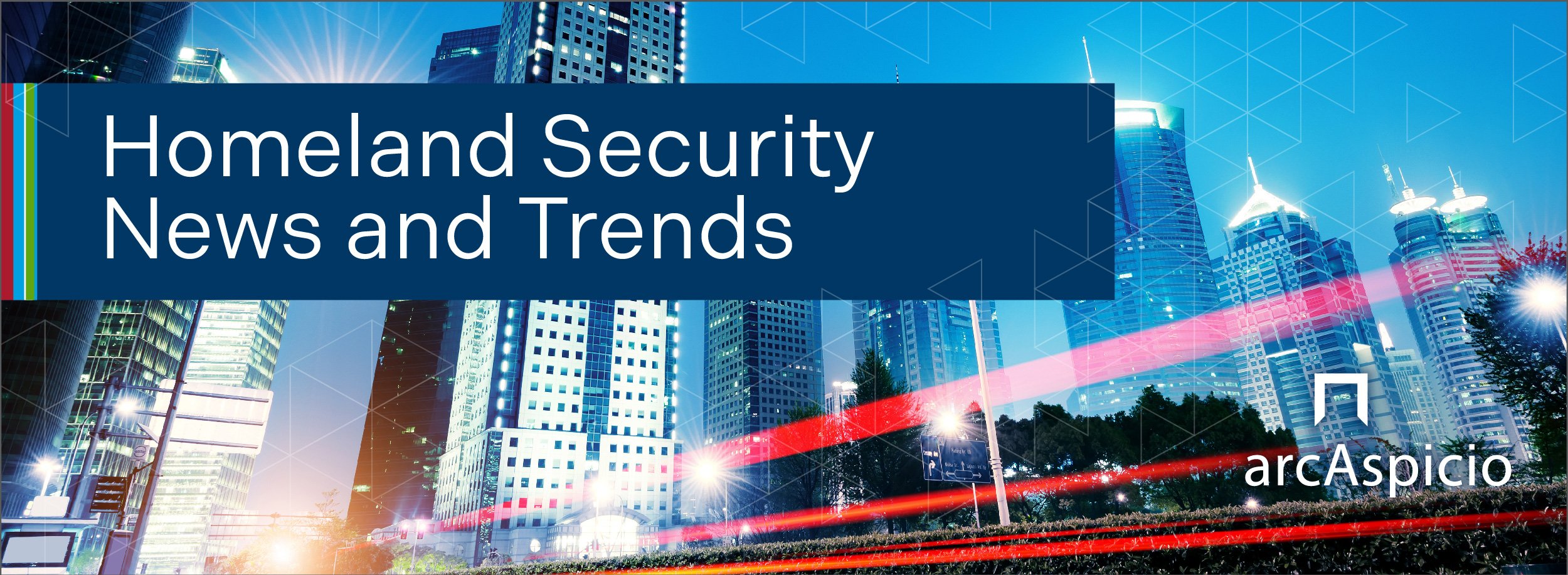
Improving Decision-Making with Behavioral Science
People are increasingly turning to Behavioral Science to help them make the best decisions. By understanding what influences decisions, we can change how we present information to improve decision-making.
Too often, people make choices that aren’t optimal for their long-term objectives, even when those objectives are clear. We all have biases that distort our thinking and how we process information. We anchor our decisions on the wrong concepts or facts. We put too much emphasis on short-term benefits over long-term benefits and, frankly, we’re just too tired or too lazy to make the effort needed to do the right thing sometimes.
With these shortcomings in mind, what steps can we take to avoid making bad decisions, and how can we help our audiences make better decisions?
Behavioral Science research shows that people generally want to do the right thing. We want to be true to the positive view we have of ourselves—of our identities. We want to be known for doing the right thing. We want to feel good about what we do and, yes, we all want to do things that are easy.
Behavioral Science is indeed a science, and we should take care not to over-simplify the subject. However, at Arc Aspicio, we’ve found these basic tenants to be useful in guiding smart decision-making.
1. Know your audience and their biases. Go beyond standard customer research and empathy development to understand how an audience’s experiences, environment, and sense of identity have conditioned that audience to act when absorbing information and making a decision on a specific topic
2. Set expectations. Tell people what they can do and are expected to do. This can be especially effective if success is aligned to an individual’s sense of identity or group norms for behavior
3. Provide relevant and focused context. Provide clear facts to show that others in the group are performing as expected. Utility companies effectively reduced water and power usage by showing customers how their usage relates to others in their community. Studies of energy savings show that people generally don’t want to be outliers
4. Make it pleasurable. Accomplishments and altruistic acts make us feel good. Create emotional rewards and praise for completing tasks that work toward the desired goal. “Gamifying” makes these tasks seem like a game. Also, identify ways to link the desired action to something that helps other people
5. Make it easy. This obvious point is often overlooked. People tend to follow the path of least resistance in decision-making. Make forms intuitive and easy to complete. Where appropriate, make the best action (e.g., retirement investments) an automatic default rather than a required action.
Making smart decisions helps our country and communities, as well as individuals. Effectively applying Behavioral Science can help make smart decisions more common.
About Arc Aspicio
Arc Aspicio enhances the future of our nation by creating bold ideas and bringing them to life. A consulting and solutions company, Arc Aspicio solves problems by applying our integrated capabilities in strategy, design, data, human capital, behavioral science, and technology. The company passionately pursues our vision to be the hub of creativity where people take action to change the world. To do this, employees collaborate with clients and partners to create solutions using a human-centered approach. Innovation is not possible without action. The company focuses on strategy first, then takes a hands-on approach implementing ideas to achieve results. Join Arc Aspicio and our Strategy Innovation Lab (SILab) by creating and sharing ideas to inspire people to change the world. Follow us on Twitter @ArcAspicio @SILabDC and learn more at www.arcaspicio.com.





















